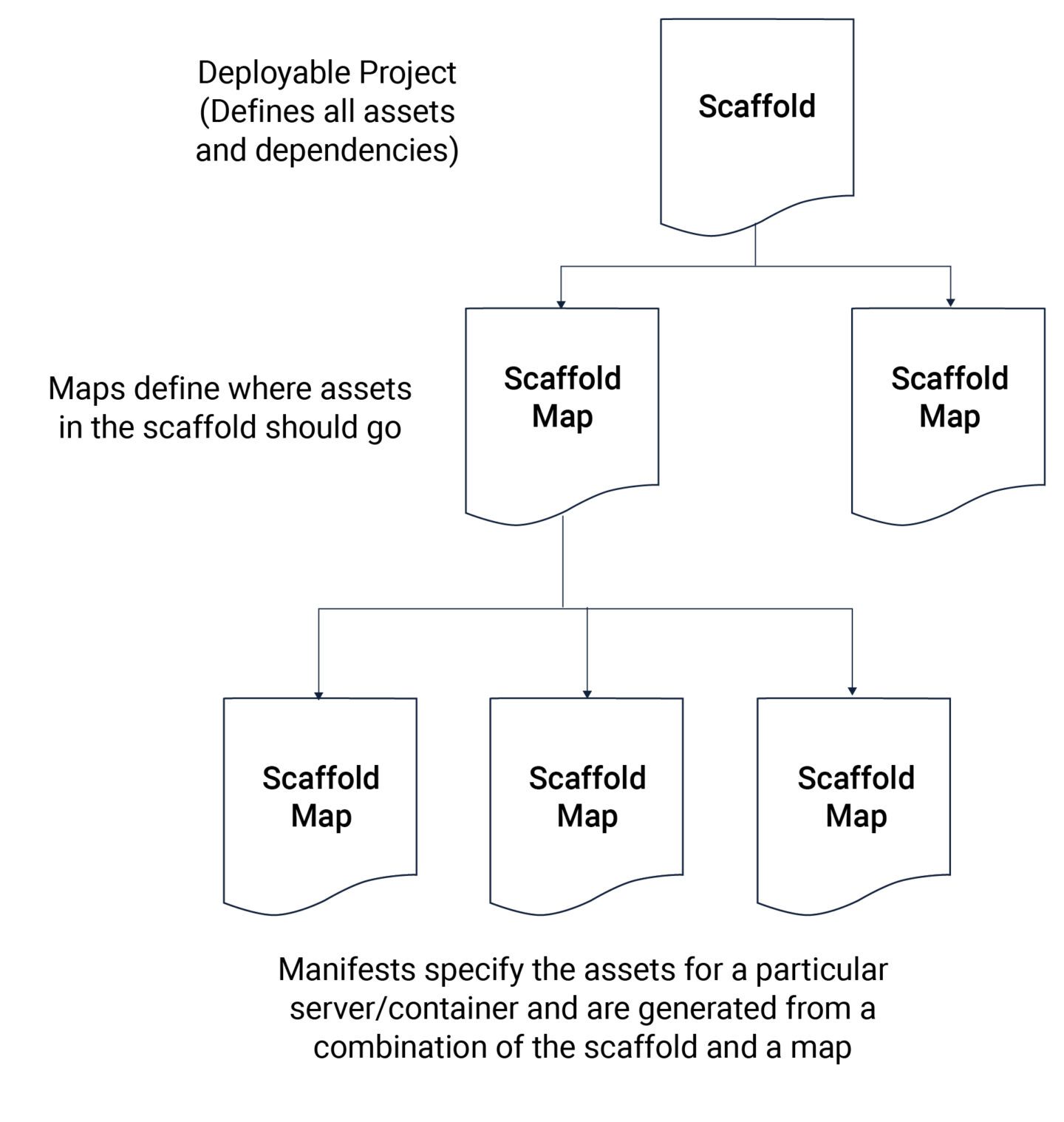Meet Patent US-11797285-B2: The Super iPaaS that’s reshaping enterprise integration
We’ve launched an entirely new category of enterprise integration: the Super iPaaS. It allows you to integrate anything, anywhere, any way you want. Skeptical that this is the real deal and not some clever marketing scheme? We have the patent to prove it.

In the ever-evolving landscape of enterprise integration, the traditional model of developing and deploying integrations to a single ESB or cloud tenant is becoming increasingly incompatible with the demands of the modern world. This outdated approach has led to integration platforms becoming data silos, hindering data collaboration. Recognizing this challenge, our team embarked on a mission to reshape integration development, resulting in a groundbreaking patent granted in October 2023. In this blog post, we’ll delve into the key aspects of our unique design and explore why it matters.
The Problem and Our Innovative Solution
To address the limitations of traditional integration development, we sought an easy and flexible method to describe and implement working integrations across different hyperscalers, environments, and data centers. The pivotal component of our solution is what we call a “scaffold,” outlined in Figure (3) of our patent. This scaffold identifies code modules, their locations (packages), and the required configurations. This lightweight file serves as the foundation for automating the entire process of building and deploying integrations anywhere they are needed.

A critical distinction in our approach is the deliberate exclusion of information about where the code will run, a choice outlined in our patent. These decisions allow a rich distributed integration to be easily deployed and adapted to a wide range of physical topologies, more easily update components without risk of breakage or downtown, and better understand what is connected to where and how.
Transformative Tools: wpm and wam
Our patent introduces two powerful tools integral to our innovative approach:
wpm (webMethods Package Manager): While the concept of a package manager is not new, what sets ours apart is its ability to serve Software AG licensed modules, open source code, or custom code without requiring a registry. This tool is seamlessly integrated into our development process and removes the complexity of deploying packages directly from your code repository.
wam (webMethods Application Manager): Acting as the secret sauce, wam generates runtimes from the scaffold. Think of it as the engine that brings the scaffold to life. Whether used through the web UI for one-click deployment or as a CLI tool for CI/CD automation, wam takes the scaffolds and mapping files, generating manifest files and Dockerfiles to create the necessary image runtimes. Container based deployed allows you to then easily swap out or revert different parts of your integration logic with zero downtime or manual steps.
The Integration Process Unveiled

As illustrated in Figure (4) of our patent, scaffolds reside in the customer’s git repository. The wam CLI tool, well-documented for ease of use, generates manifest files, which then lead to the creation of Dockerfiles using our new wpm CLI tool. This streamlined process pulls packages and configurations, creating an image that encapsulates all the code required for rendering services.
The Power of Our Patent
The strength of our patent lies in the synergy of codification (scaffold), transformation (wam), and build automation (wpm). Together, these elements form a robust solution for the complex and heterogeneous integrations being built in hybrid and multi-cloud environments today.
Bringing It All Together
The resulting containers or runtimes can be effortlessly and quickly deployed in different data centers, private clouds, or our hosted iPaaS—wherever they are needed. The final piece of the puzzle involves leveraging webMethods workflows to orchestrate integrations across these diverse runtimes, ensuring services run seamlessly where they are needed.
In conclusion, our innovative approach not only addresses the shortcomings of traditional integration development but also sets a new standard for simplicity, flexibility, and efficiency in the ever-evolving landscape of enterprise integration.